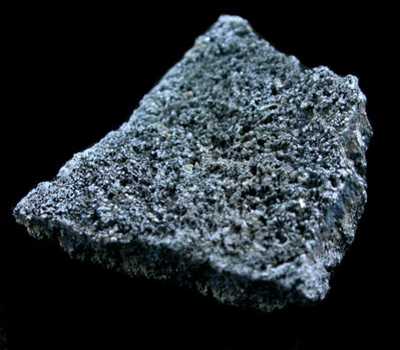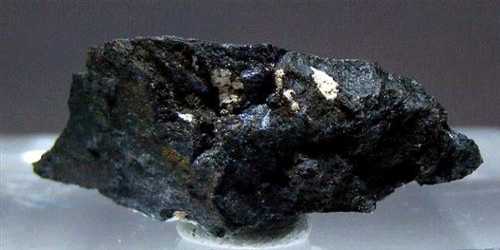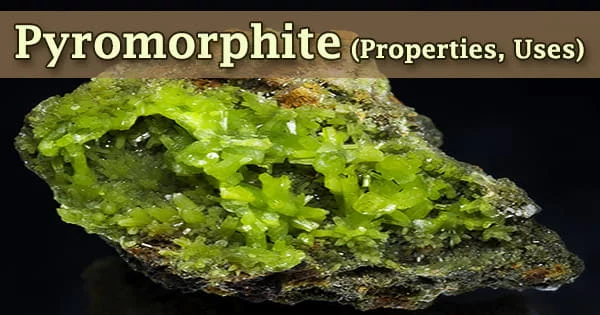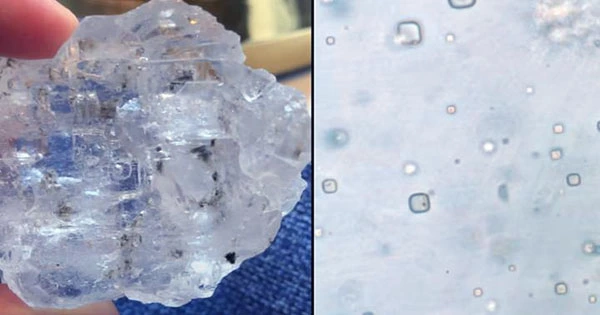Akhtenskite is a manganese oxide mineral with the chemical formula of MnO2 that was named after the Akhtensk deposit in Russia, where it was first discovered and noted in 1979. It is a rare grey or black mineral containing manganese and oxygen. It was named after its discovery locality in Russia. It can be found in the Akhtensk brown ironstone deposit, in the southern Ural Mountains, on Mt. Zarod, on the Sikhote-Alin Mountains, and in the Primorsky Krai, all in Russia.

Its crystals are usually hexagonal in shape, with flakiness and plating, usually because it replaced a mineral. Akhtenskite is polymorphous with the much more widespread pyrolusite. It occurs in mixtures with “psilomelane” (recently renamed to romanechite) and with other manganese oxides in an iron oxide deposit, most likely bacterially altered from a previous mineral in the Akhtensk deposit. In mixtures in “psilomelane” with other manganese oxides in an iron oxide deposit, probably bacterially altered from a previous mineral (Akhtensk deposit, Russia); in incrustations of ferromanganese minerals on oceanic. It also occurs in crusts of ferromanganese minerals on oceanic rocks. Its chemical makeup is 63% oxygen and 37% manganese.
Some minerals that are commonly associated with akhtenskite are todorokite, pyrolusite, nsutite, goethite, and cryptomelane.
General Information
- Category: Oxide mineral
- Formula: MnO2
- Crystal system: Hexagonal
- Transparency: Opaque
- Density:4.78 g/cm3 (Calculated)
Identification
- Color: Light gray to black
- Crystal habit: Flaky polycrystalline aggregates
- Cleavage: Distinct on {001}
- Streak: Black
- Diaphaneity: Opaque
- Specific gravity: 4.78 (calculated)
- Optical properties: Uniaxial
Information Source:
















